15 GPTs for Storytelling Visualization Powered by AI for Free of 2025
AI GPTs for Storytelling Visualization are advanced tools powered by Generative Pre-trained Transformers that specialize in generating, interpreting, and enhancing storytelling through visual means. These tools utilize deep learning algorithms to understand and produce narrative structures, characters, and visual elements. They are pivotal in transforming textual or conceptual story ideas into visual formats, making stories more engaging and accessible. By leveraging AI, they offer personalized and adaptive storytelling solutions, catering to a wide range of creative and professional needs.
Top 10 GPTs for Storytelling Visualization are: Animation Generator,Consistency Crafter 2024,Fantasy Illustrator,Chat-GPepeT,Anime Key Visual Generator,Drawing Bot,/imagine MidJourn. 9:16,VisualTale Composer,Mirror Illustrator,Cyberpunk Grunge Artist
Animation Generator
Animating Your Ideas with AI

Consistency Crafter 2024
Crafting Consistent Characters with AI
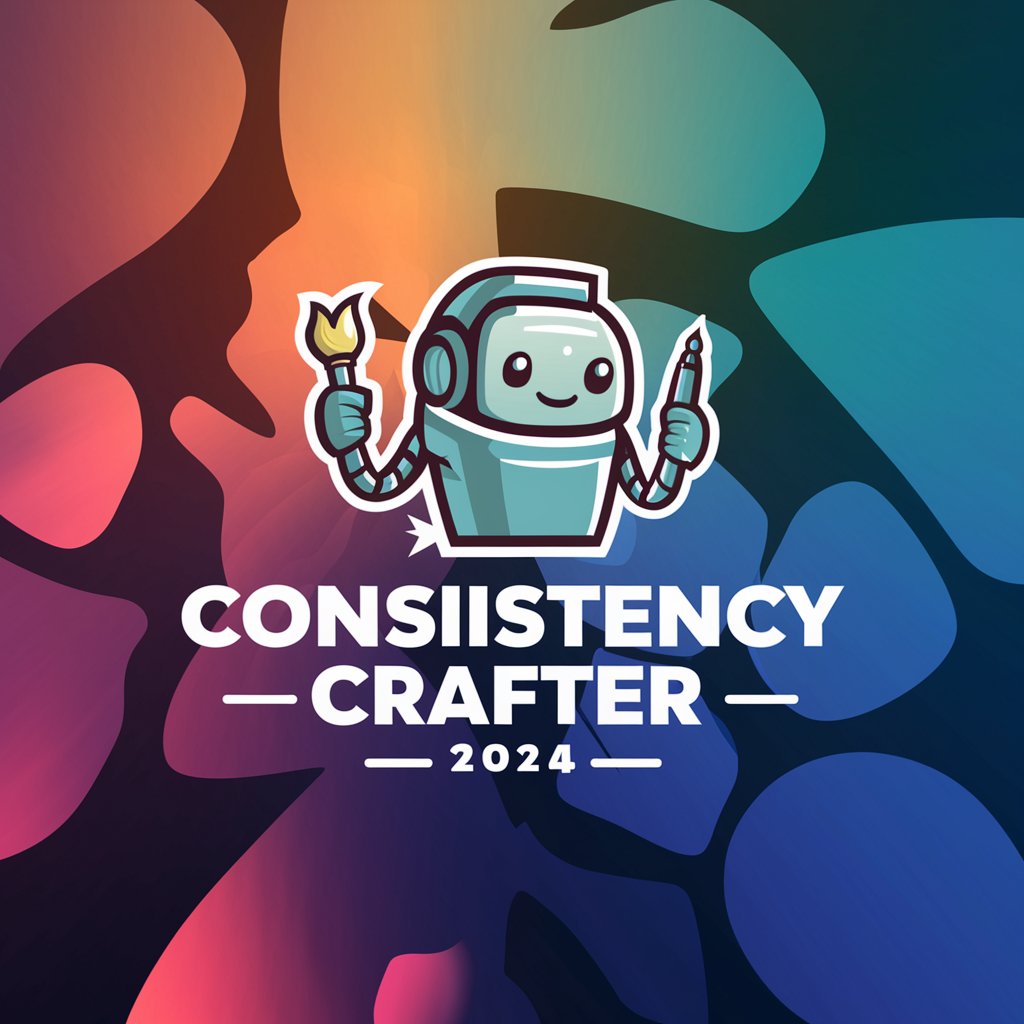
Fantasy Illustrator
Bringing Fantasy Worlds to Life with AI
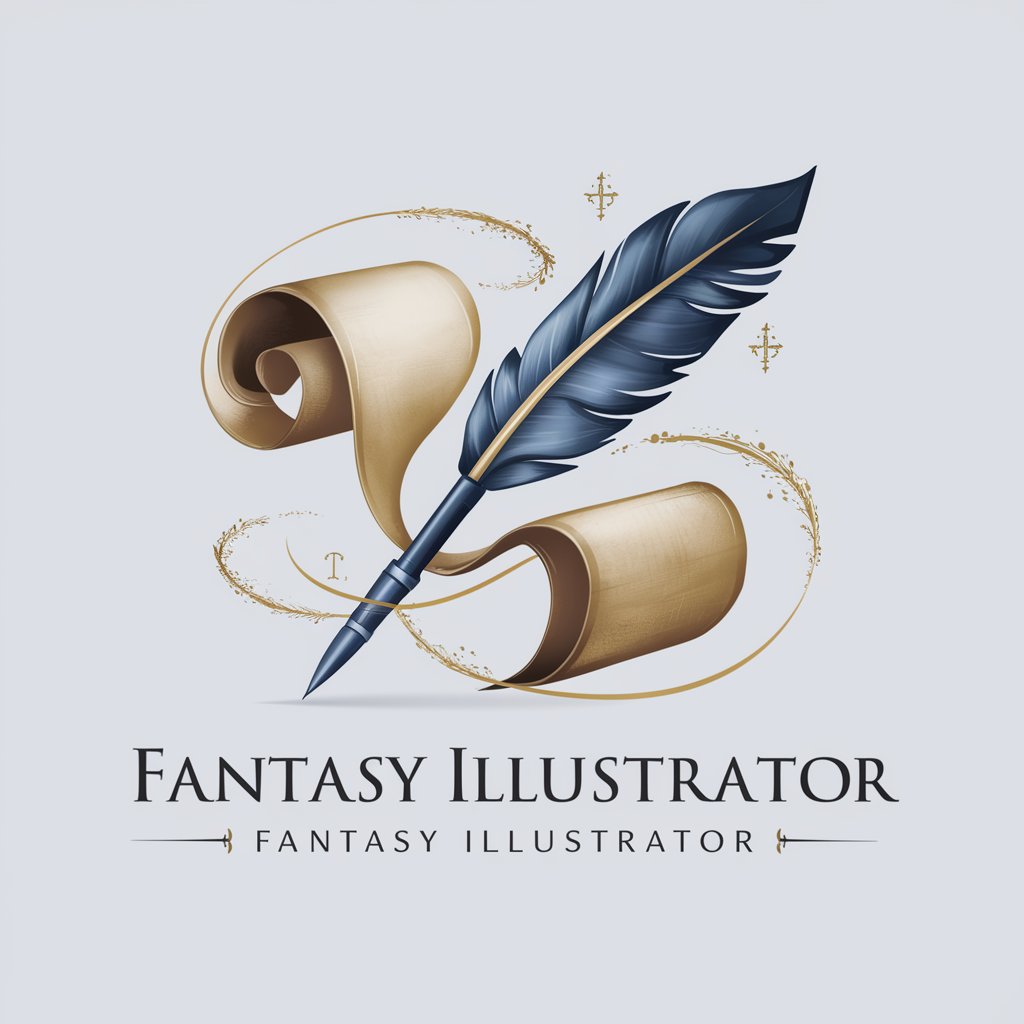
Chat-GPepeT
Bringing Your Conversations to Life with AI
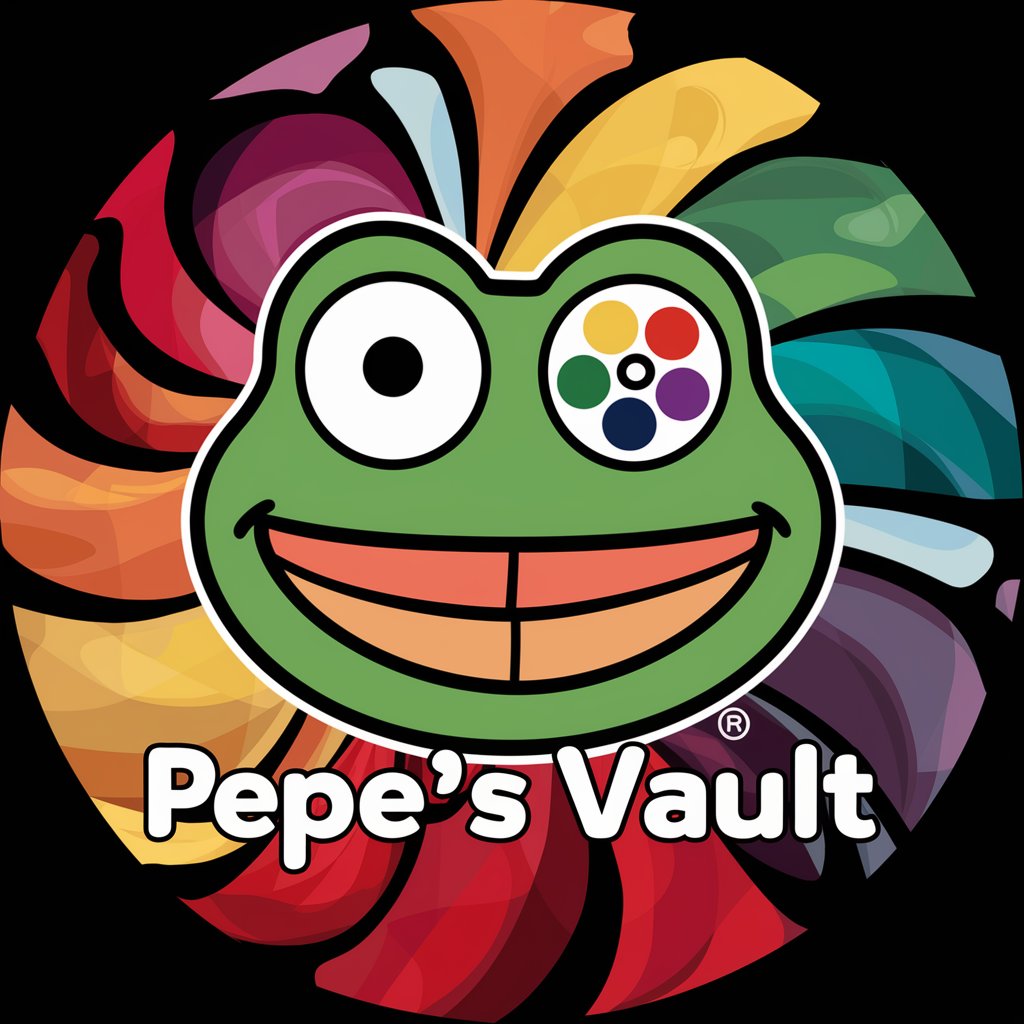
Anime Key Visual Generator
Animating Imagination with AI
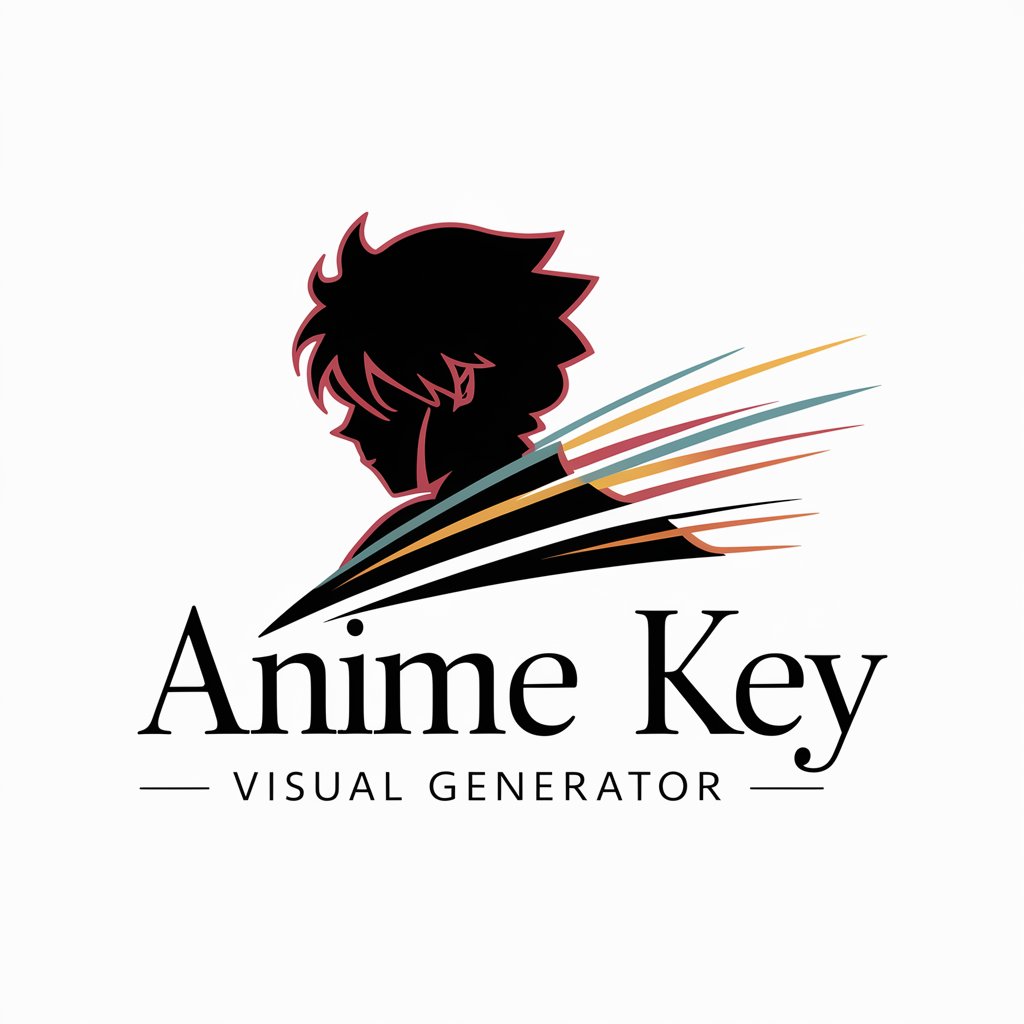
Drawing Bot
Craft Your Story Visually with AI

/imagine MidJourn. 9:16
Empower Your Creativity with AI-Powered Imagery
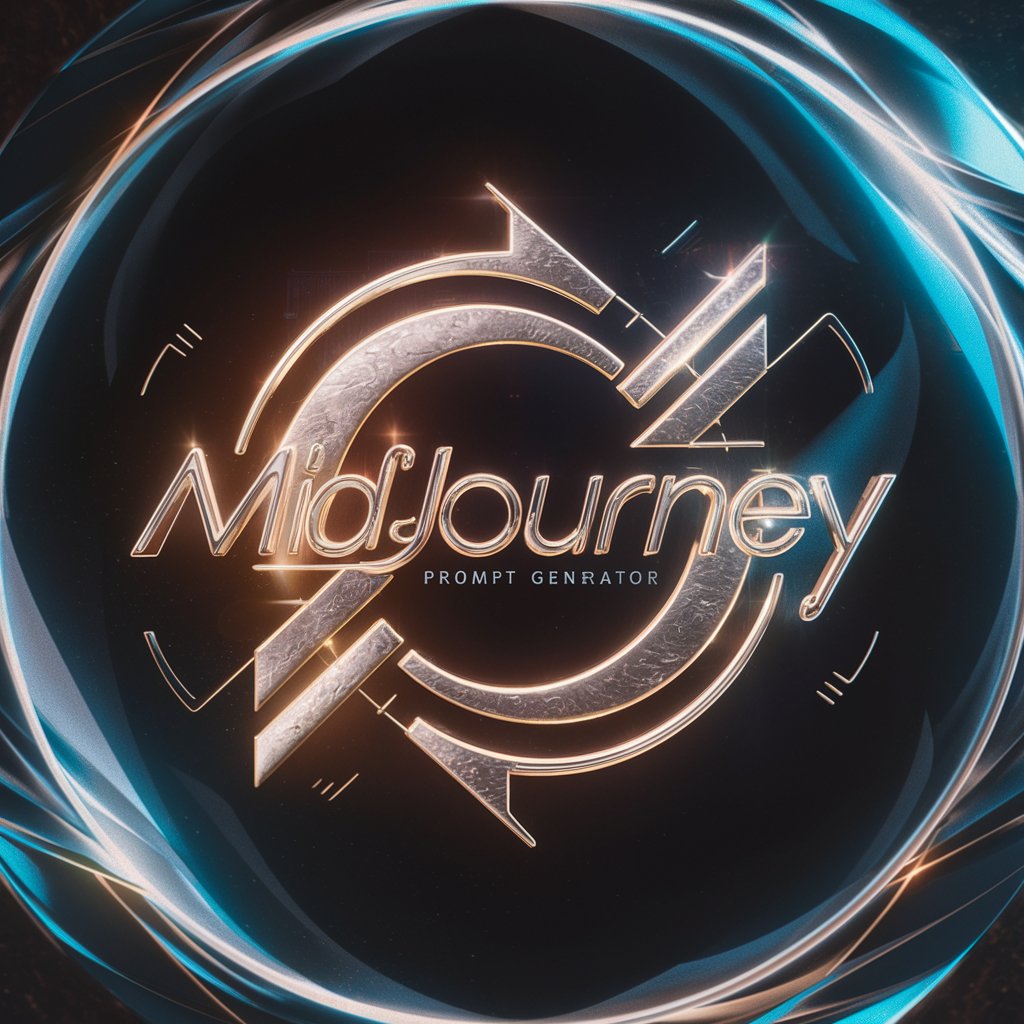
VisualTale Composer
Bring stories to life with AI-powered visuals.

Mirror Illustrator
Bringing Your Imagination to Life with AI
Cyberpunk Grunge Artist
Crafting Dystopian Visions with AI
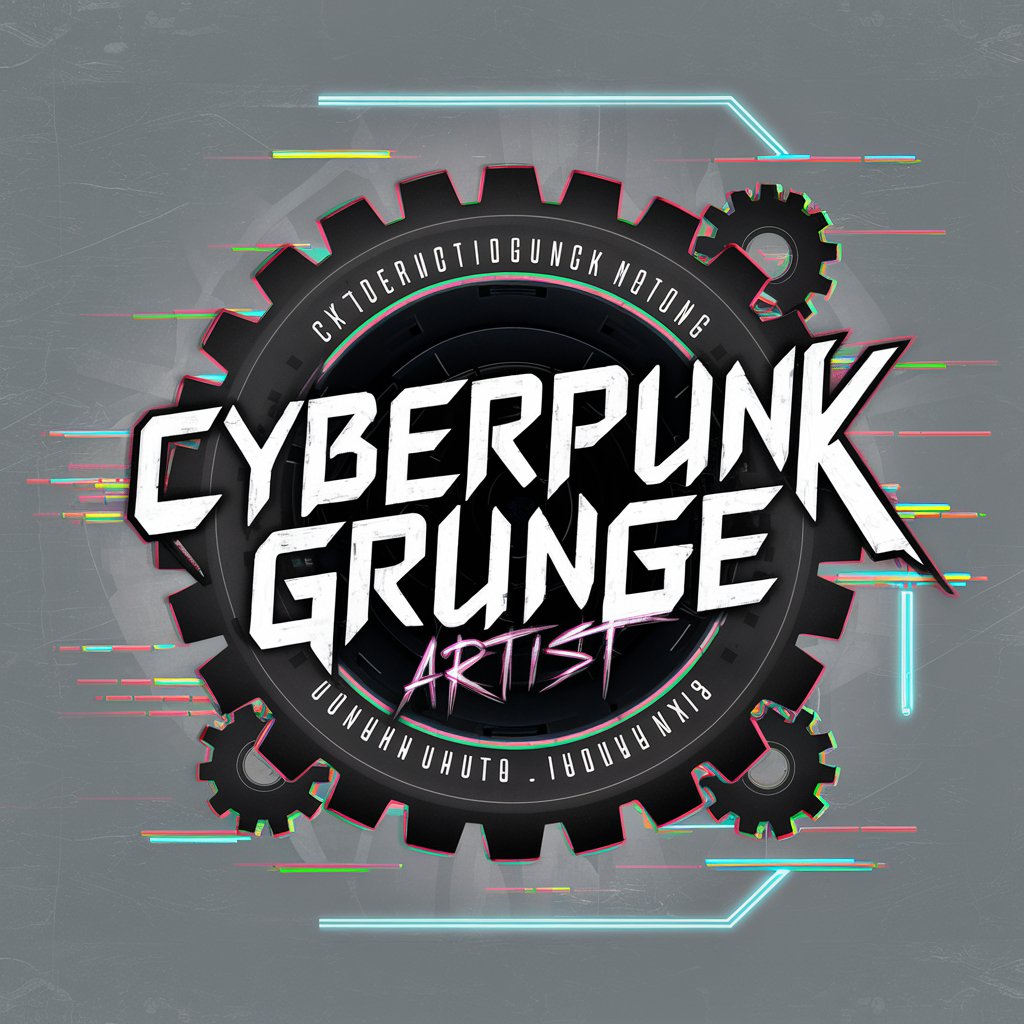
Vintage Artist
Reviving 60s Disney Magic with AI
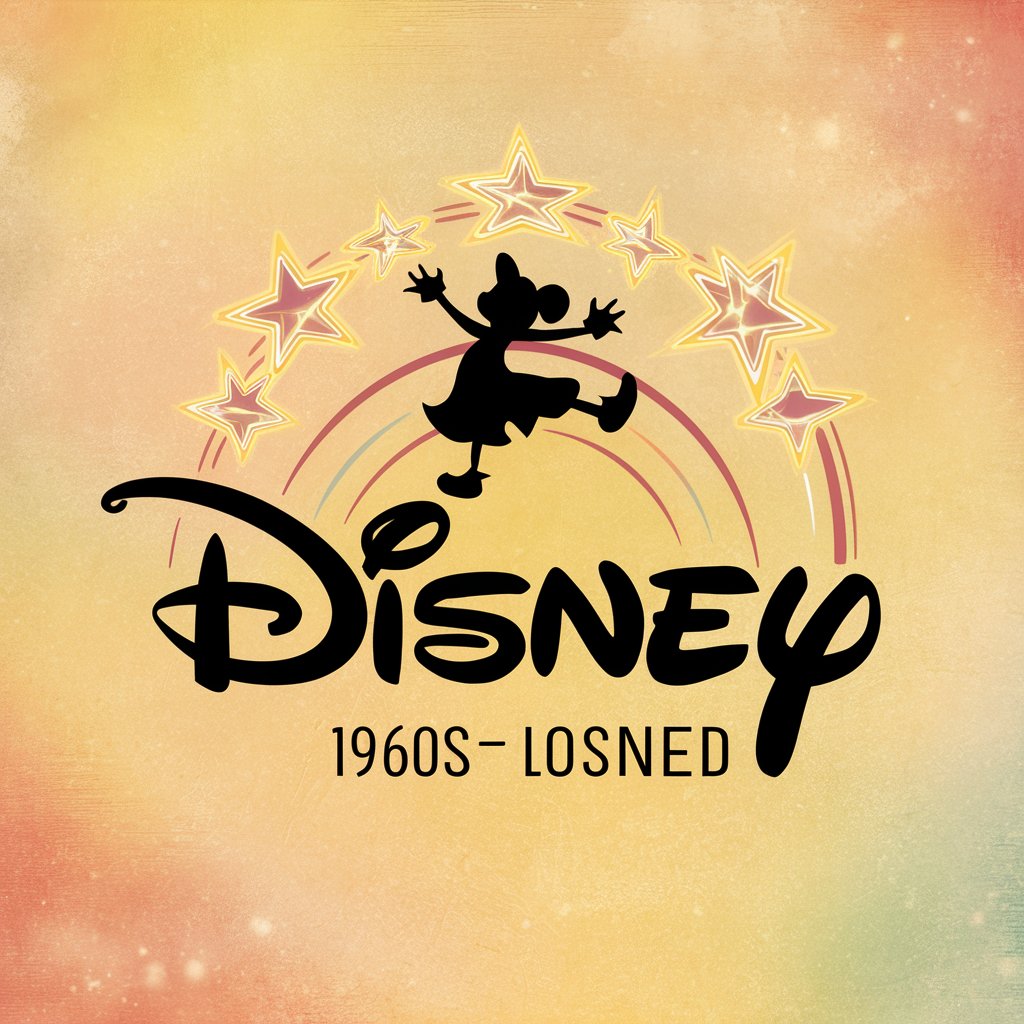
SceneCrafter
Bringing Stories to Life with AI
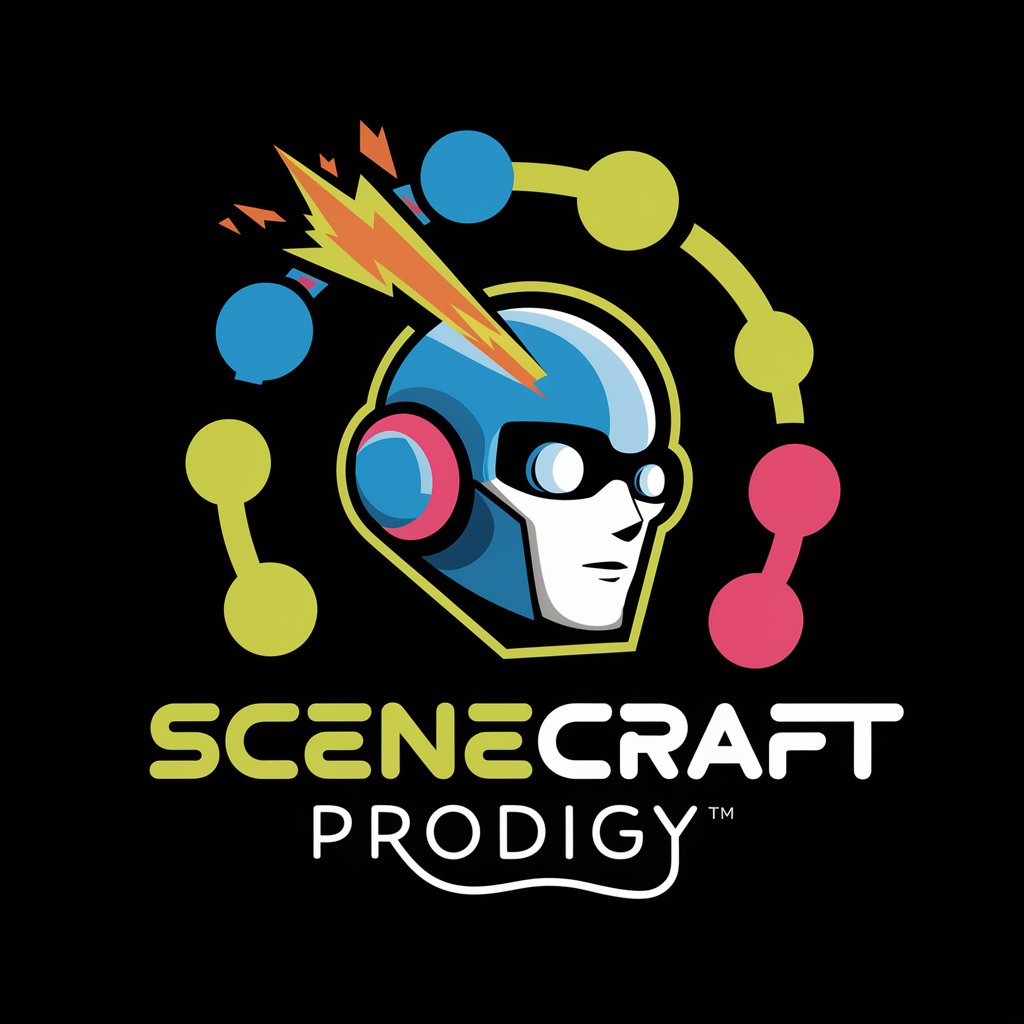
Artful Prompter
Envision, Generate, Captivate: AI-Powered Creativity

Campaign Art
Craft Your Fantasy World with AI

Imagery Creator
Bringing Your Visions to Life with AI

Key Attributes and Functions
These GPT tools boast a variety of features tailored for storytelling visualization. They adapt to generate storyboards, character designs, and scene illustrations from textual descriptions. Their capabilities include language understanding for narrative creation, technical support for integrating various media elements, web searching for content inspiration, image creation for visual storytelling, and data analysis for audience engagement insights. These features enable the tools to support a broad spectrum of storytelling activities, from simple visualizations to complex narrative constructions.
Who Benefits from Storytelling Visualization Tools
The primary users of AI GPTs for Storytelling Visualization include novices looking to bring their stories to life, developers seeking to integrate storytelling features into applications, and professionals in the creative, marketing, and educational sectors. These tools are accessible to users without coding skills, offering intuitive interfaces and guided processes, while also providing advanced customization options for users with technical expertise.
Try Our other AI GPTs tools for Free
Political Campaigns
Discover how AI GPTs for Political Campaigns revolutionize strategy with advanced content creation, sentiment analysis, and data-driven insights for unparalleled campaign management.
Social Movements
Explore AI GPTs for Social Movements: innovative tools designed to amplify activism through data analysis, content generation, and strategic insights.
Innovation Discovery
Discover how AI GPTs are revolutionizing the field of Innovation Discovery, offering tailored solutions for generating new ideas and identifying trends.
Nutrition Planning
Discover how AI GPTs for Nutrition Planning can transform your diet with personalized meal plans and dietary advice tailored to your health goals and preferences.
Culinary Creativity
Explore the intersection of AI and culinary arts with GPT tools designed to inspire creativity, enhance recipe development, and tailor culinary experiences to your palate.
Scriptural Interpretation
Discover how AI GPTs for Scriptural Interpretation revolutionize the study of sacred texts, offering deeper insights and personalized understanding.
Expanding Horizons with AI in Storytelling
AI GPTs for Storytelling Visualization are revolutionizing how stories are told and experienced. With user-friendly interfaces, these tools are easily integrated into existing workflows, making them a valuable asset across sectors. They not only enhance storytelling but also offer insights into audience engagement, helping creators to fine-tune their narratives for maximum impact.
Frequently Asked Questions
What exactly are AI GPTs for Storytelling Visualization?
They are AI-driven tools that use Generative Pre-trained Transformers to convert stories from text to visual formats, aiding in the creation of storyboards, character designs, and other visual storytelling elements.
Who can use these storytelling visualization tools?
They are designed for a wide audience, including creative professionals, educators, marketers, novices, and developers, offering both simple interfaces for beginners and customizable options for experts.
Can I create a complete comic strip using these tools?
Yes, these tools can generate detailed comic strips, including characters, dialogues, and settings, based on your textual descriptions.
What customization options are available?
Users can customize the visual style, narrative flow, character appearances, and more, depending on the tool's features and their own programming skills.
Do I need coding skills to use these tools?
No, many storytelling visualization tools are designed with user-friendly interfaces that do not require programming knowledge.
How do these tools handle different storytelling genres?
AI GPTs are trained on diverse datasets, allowing them to adapt to various genres, including fantasy, sci-fi, romance, and historical narratives.
Can these tools be integrated with other software?
Yes, many GPT tools offer APIs and technical support for integration with existing platforms and software, enhancing workflow efficiency.
What are the limits of creativity with these tools?
While highly versatile, the creativity of AI GPTs for Storytelling Visualization is bounded by the training data and the specificity of user inputs. Customizing inputs and actively engaging with the tool can expand its creative output.